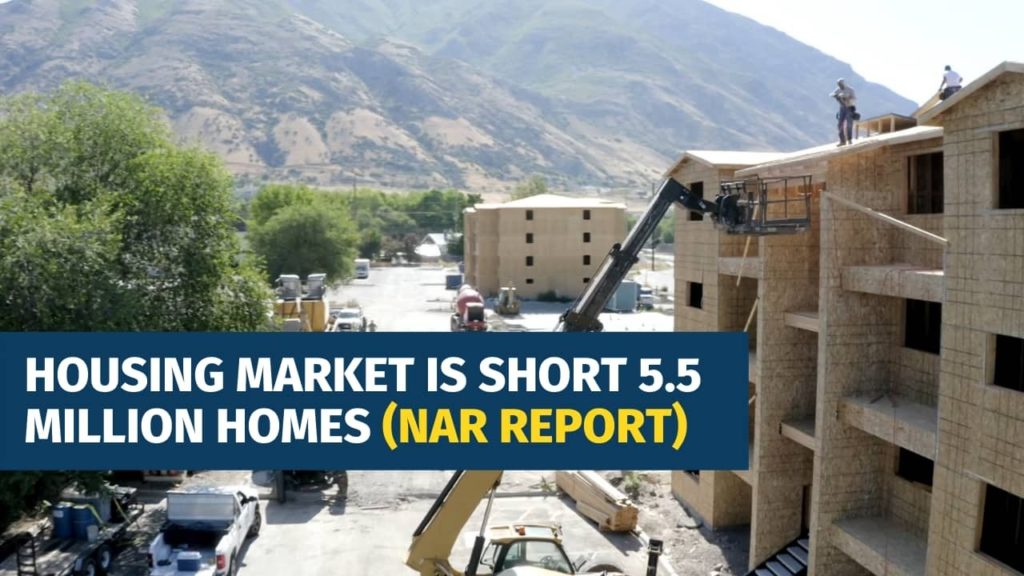
“In order to fill the underbuilding gap in the next 10 years, the NAR estimated that more than 2 million housing units would need to be built per year – an increase of more than 700,000 units per year relative to the pace of housing production in 2020.” – HousingWire
The National Association of Realtors (NAR) recently had the Rosen Consulting Group write up a report addressing the “chronic shortage of affordable and available homes [needed to support] the nation’s population”. Through this report, NAR is attempting to call for a “major national commitment” to build more housing of all types.
Housingwire.com said that they’re seeking to do this by expanding resources, addressing barriers to new development (ie. skyrocketing material costs), and making new housing starts an integral part of a national infrastructure strategy.
- (1968-2000) U.S. Housing Average Total Stock Growth (annual): 1.7%
- (2000-2020) U.S. Housing Average Total Stock Growth (annual): 1%
- (Last Decade) U.S. Housing Average Total Stock Growth (annual): 0.7%
Every since the last great recession, new home construction in the U.S. fell 6.8 million units short of what was needed, the report said.
Residential Fixed Investment (RFI) is the sector of economic activity that accounts for housing construction and renovation. Its percentage of the nation’s GDP is also declining…
- Percentage of GDP (1968-2000): 5%
- Percentage of GDP (Last 12 Years): 3%
NAR reports that this converts to a $4.4 trillion gap in the housing market investment over the last two decades. Existing-home inventory also took a hit and was down over 20% since last year, totaling 1.16 million units.
“There is a strong desire for homeownership across this country, but the lack of supply is preventing too many Americans from achieving that dream. It’s clear from the findings of this report and from the conditions we’ve observed in the market over the past few years that we’ll need to do something dramatic to close this gap.” – Lawrence Yun, NAR chief economist
“A number of factors from the past 20 years are responsible for the massive housing investment gap we see in America today, but what’s important now is that we find solutions that will get us out of this crisis and provide more stability in future markets. Additional public funding and policy incentives for construction will very clearly provide huge benefits to our nation’s economy, and our work to close this gap will be particularly impactful for lower-income households, households of color and millennials.” – NAR President Charlie Oppler
